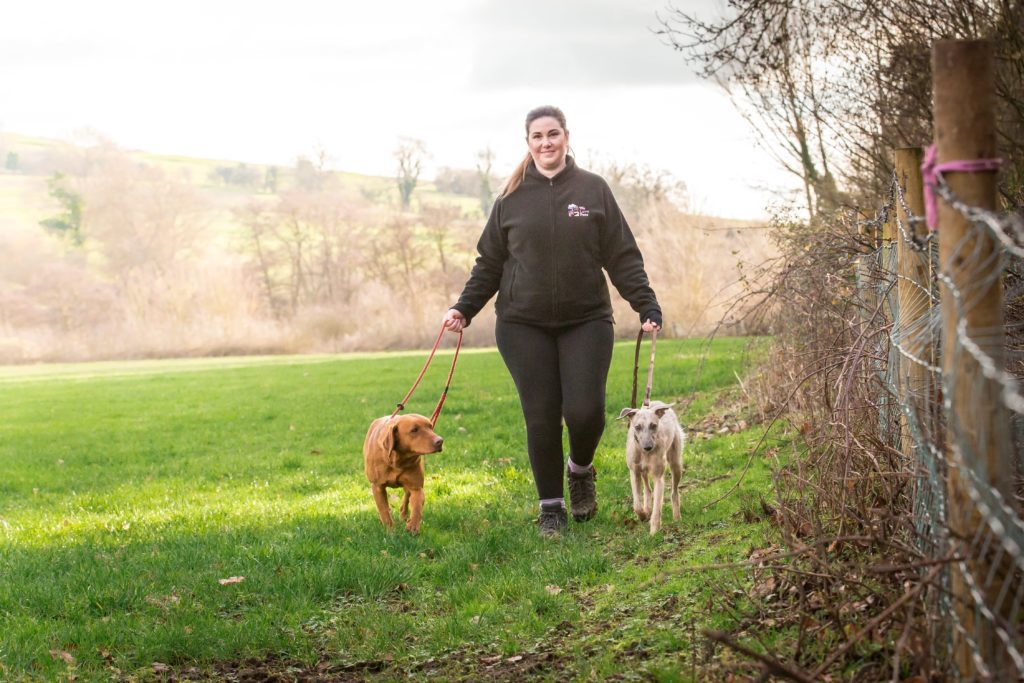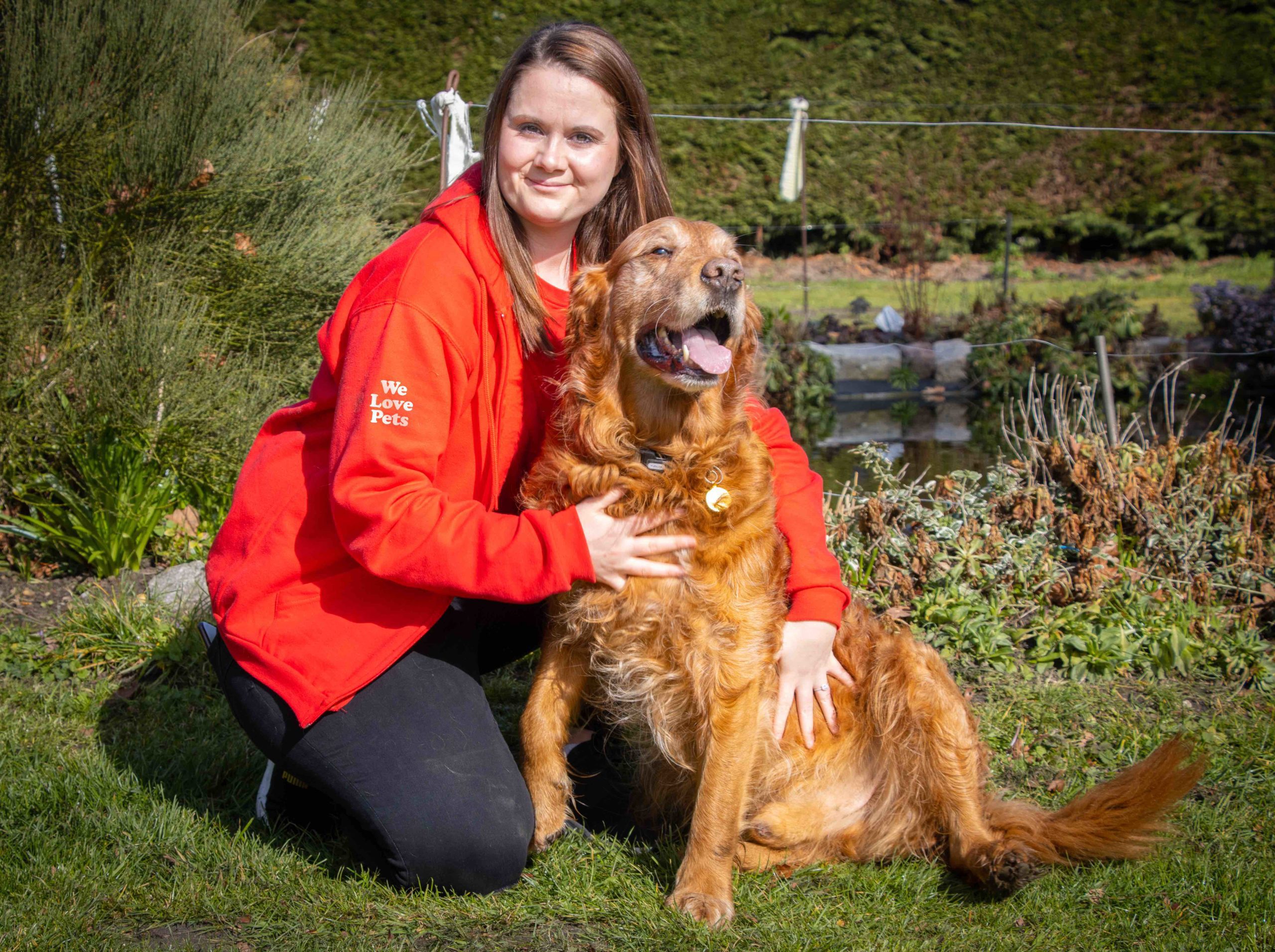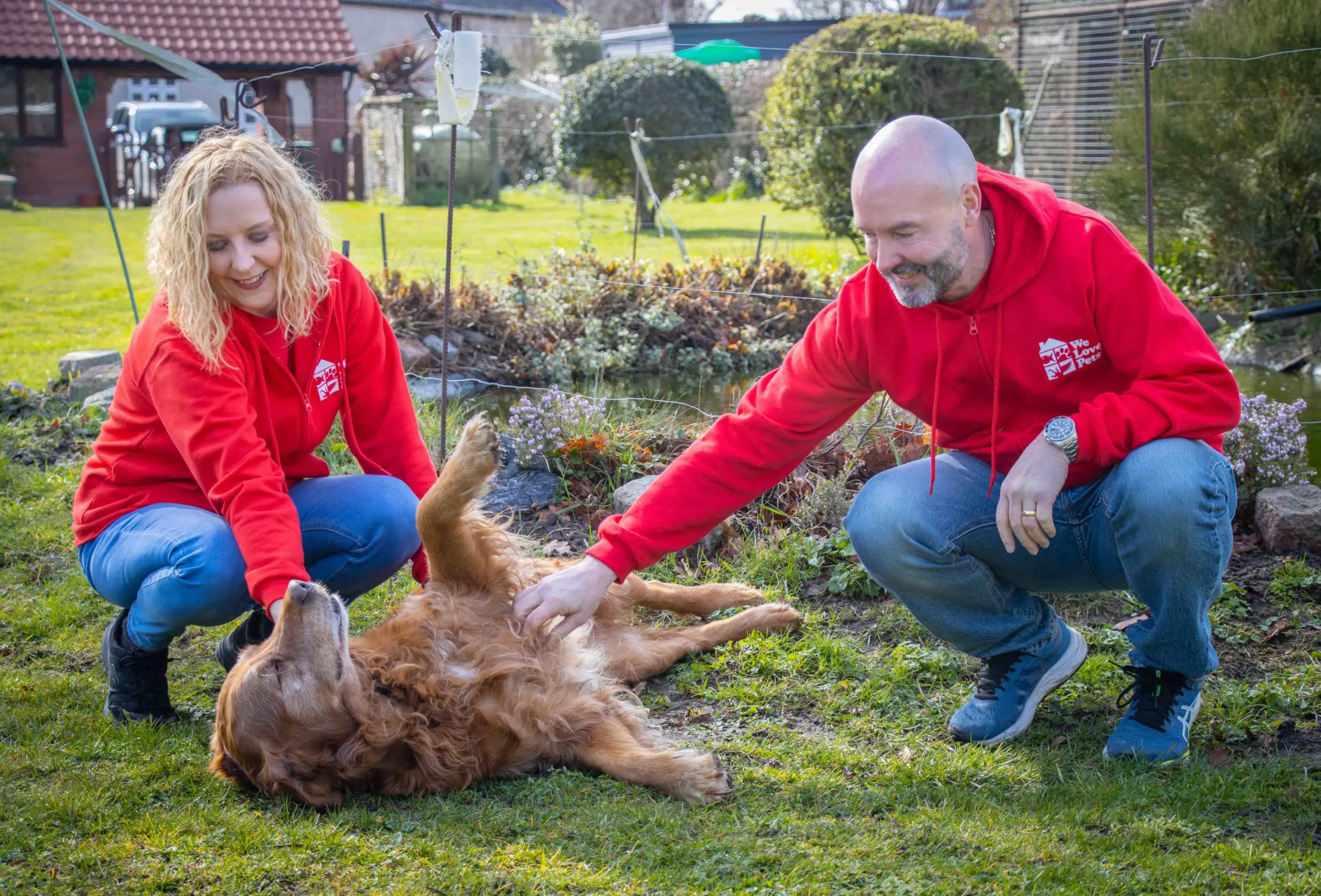Autumn is a great season for dog walking as it tends not to be too hot or too cold. Both dogs and owners alike can enjoy the great outdoors on those sunny, fresh days in a comfortable temperature. The change of season is welcome for many but with it comes some hazards that all dog owners should know about.
Antifreeze is something we start to think about again as we get our car winter ready. When topping up the coolant and windscreen wiper water we just need to be careful of spillages and puddles of water that may contain the ethylene glycol. As it smells and tastes sweet to dogs it is something they can be attracted to. If consumed it can be fatal causing irreparable damage to the kidneys.
Acorns that fall from the acorn tree contain a toxic ingredient called tannic acid. This can cause damage to the liver and kidney, vomiting and diarrhoea, lethargy and abdominal pain. Intestinal blockage is also a risk.
Bonfire night comes with of course the start of the firework season. Managing a dog with a phobia of loud noises and flashing lights in particular needs to be planned months in advance as part of a desensitisation program. It is advisable to make walk times late afternoon/ dusk rather than the later in the evening when daylight has gone and bonfire displays are getting ready to start.
Conker seeds of the horse chestnut tree have a spiky green shell and when they split they reveal the shiny brown conkers. A dog may like to pick these up and carry them around which in itself is a choke hazard. If ingested conkers will cause vomiting and diarrhoea and potentially cause an intestinal blockage.
Fallen fruit like apples, plums and out on countryside walks sloes will start to ferment on the ground and produce a natural alcoholic substance. If ingested in larger quantities they will cause vomiting and diarrhoea or a toxic reaction to the fermentation process. Stones from plums can also cause intestinal blockage.
Harvest mites are tiny red mites that appear at the end of the summer and into autumn. They can be picked up when out walking on the dogs coat, in-between toes, ear folds and toes. The mites can be extremely irritant causing dogs to scratch and cause self trauma to the skin.
Halloween means trick or treating. There will likely be many children out in costume on the streets in the twilight hours before dark. This can be quite unnerving for a dog. If the dog is in the house the constant ringing of the door bell by trick or treaters could become stressful (for both dog and owner!).
For those contemplating dressing their dogs up in Halloween costumes think carefully. Is it really in your dog’s best interest? By doing this you could be masking any body language they are trying to communicate to other dogs and make them anxious. Likely you may also draw a lot of attention to your dog which some dogs may not appreciate.
Keep sweets and chocolate for trick or treaters safely out of reach of canine mouths. There will also likely be a lot of dropped sweets on the streets the next day.
Mushrooms can be found this time of year growing in and around leaf mould. These may be toxic to dogs if eaten.
Ticks are still about and can be through to November if the weather is wet and mild.
Finally, walk safely as daylight hours shorten. It might be time to make you and your dog more visible when out walking. A fluorescent jacket, collar, lead or flashing light on the collar are invaluable. Ensure collar id discs are up to date so that if your dog does get scared and runs off, perhaps with opportune fireworks being set off, your dog can be identified quickly without the need for scanning a microchip at the vets.




